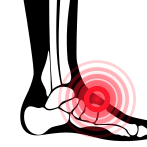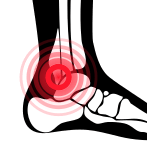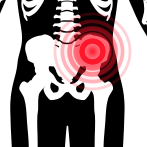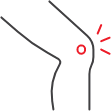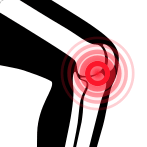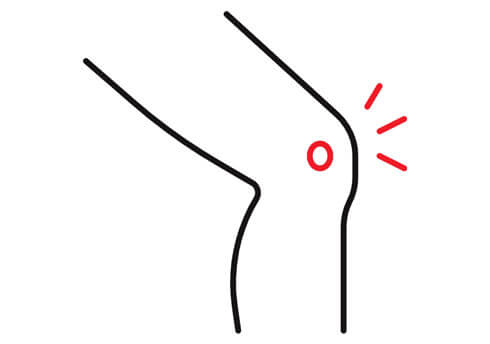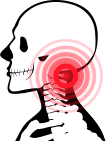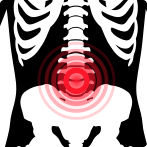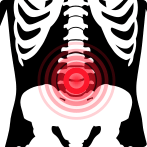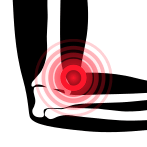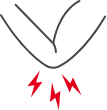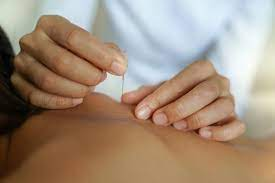If you’ve recently caught the running bug, congrats! We here at Next Level Physio are big supporters of running. Our Next Level Triathlon Club provides group swimming, biking, and running workouts. The thing about running, though, is that you can’t go too hard too fast too soon. Doing so puts you at risk for injuries, Achilles tendinitis being one of them, and we see this a lot.
What is Achilles Tendinitis?
The Achilles tendon is the largest tendon in the body. It runs down the back of the lower leg and connects the calf muscles to the heel bone. We use our Achilles tendons for pretty much every day-to-day activity: standing, walking, running, climbing stairs, jumping, standing on our tippy toes… the list goes on.
The Achilles tendon is super strong and can endure a lot. We put it through the stresses of running, jumping, and other forms of impact; when these activities are performed correctly and in proper form, things usually go smoothly. The issue comes from doing too much too soon or excessive overuse.
Are you someone who tends to overdo it when you know you should ease off the pedal? We get it :)
Achilles tendinitis is a classic overuse condition. Tendinitis is defined as inflammation of a tendon, and it can occur in any tendon of the body. Inflammation is the body’s natural response to injury or disease. The affected area swells, feels painful, and becomes irritated to send a signal to the brain that something is wrong.
There are two types of Achilles tendinitis:
- Noninsertional Achilles Tendinitis. This shows up as tiny tears (degeneration) of fibers in the middle section of the Achilles tendon, resulting in them swelling and thickening.
- Insertional Achilles tendinitis. This form of Achilles tendinitis affects the lower portion of the heel where the Achilles tendon attaches (inserts) to the heel bone. While this form may present itself in patients who aren’t even active, it most often appears after years of overuse, as with long distance runners or sprinters.
What Causes Achilles Tendinitis?
One of the tricky things about preventing this condition is that Achilles tendinitis is not usually related to a specific event or instance. Instead, it’s an overuse injury, which means it comes from repetitive stress.
That said, there are certain things people do that can put them at higher risk for getting Achilles tendinitis. The older we get, the more we’re susceptible, too, and going too hard too soon with a new exercise or running regimen is one of the leading causes people develop Achilles tendinitis. For example, going from not running at all to running 10 miles a day for several weeks will increase your risk of getting injured.
The three main causes for Achilles Tendinitis are:
- Sudden increase in the amount or intensity of exercise
- Exceptionally tight calf muscles
- Bone spurs (extra bone growth where the Achilles tendon attaches to the heel bone)
Signs and Symptoms of Achilles Tendinitis
Although they may take some time to present, several symptoms of Achilles tendinitis are:
- Pain and stiffness along the Achilles tendon, especially in the morning
- Pain along the tendon or back of the heel tendon or back of heel (calcaneus) that worsens with activity
- Severe pain following activity
- Bone spurs
- Swelling that worsens throughout the day
How Do Physiotherapists Diagnose Achilles Tendinitis?
The first thing your physio team will do is deep dive into getting to know you, your lifestyle, your activity profile and your symptom reporting. Then, they’ll complete a comprehensive evaluation, looking for:
- Swelling along the Achilles tendon or at the back of the heel
- A thickened or enlarged Achilles tendon
- Insertional tendinitis (bone spurs on the lower part of the tendon)
- The maximum point of tenderness
- Your range of motion in ankle
The next step is to run a series of tests. Your physio team may refer you to a specialist to get X-rays to see if the lower part of the Achilles tendon has hardened (calcified), as this may indicate insertional tendinitis.
Although it’s rare, they may also do an MRI. MRIs are not usually necessary to diagnose Achilles tendinitis, but they can indicate how severely the tendon was damaged.
Treatment for Achilles Tendinitis
Active Rest! Active rest deserves its own category because it’s one of the best ways to help patients heal from Achilles tendinitis (and, frankly, many types of injuries). If you’re like us, staying active is a critical part of who we are or how we deal with life’s many challenges. But, how do you do this safely without risking more injury to the Achilles?
An experienced physiotherapist from our team can make all the difference in providing the best care and the most appropriate cross training program to keep you sane while you rehab and recover.
Using our MEI Method, we work closely with you to design the right plan of care for you. The frustrations we often hear from clients who have been to the mill or corporate physical therapy practices include:
- The PT there didn’t really spend a lot of time with me.
- The PT was seeing 5 other patients at the same time.
- All they did was put on a hot pack, rub some gel on my hip, then have me do pointless exercises on my own.
- They didn’t care about my goals after surgery and did nothing to get me back to my favorite activities.
Does this sound like the type of PT place that will get you the results you want?
That’s why we’re different :)
Next Level Physio for Achilles Tendinitis
Next Level Physio wants you to stay active and feel good at the same time. Work with us to rehab your Achilles tendinitis and we’ll get you back to pounding the pavement (safely) in no time.
What do we do differently at Next Level? On top of using cutting edge modalities and treatment strategies, we also provide you with programming to keep the rest of your body from deteriorating, and for those who are active, we can coach you on what CAN do to keep fit and healthy during the long recovery process.
In addition to physical therapy for Achilles tendinitis, Next Level Physio also treats many other conditions including:
- Sports injuries
- Pre-surgical rehab
- Post-surgical rehab
- Neck pain
- Shoulder and elbow pain
- Vertigo and concussion
- Wrist and hand pain
- Ankle and foot pain
- Sciatica/back pain… and more
Some of the physical therapy methods we use for pain treatment include:
- IASTM Technique
- Blood Flow Restriction Training
- Therapeutic Exercise
- Shockwave
- Cold Laser
- Australian Manual Therapy
- Cupping, and more
Click here to schedule an appointment and a free consultation.
